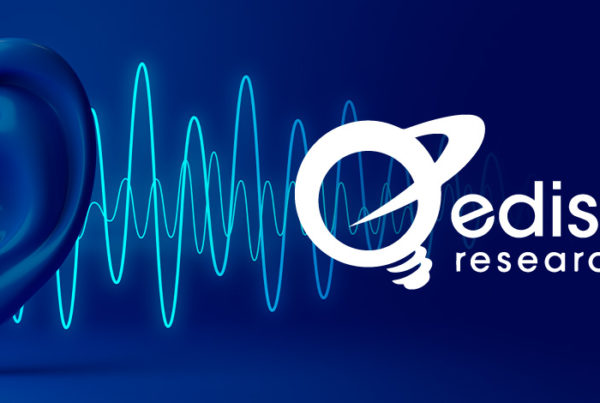The radio industry produces a lot of analyses and studies, many of which measure its performance as an advertising channel. Advertisers have many channels to use these days, and consumers seek content in all of them. However, there’s something undeniable about AM/FM radio advertising. It plays a key role for brands, creating and converting demand.
New research confirms radio’s effectiveness with interesting data points that can further help you create and convert demand for the channel.
Big Data Reveals the Connection Between AM/FM Radio Advertising and Demand
The report from Colourtext and Radiocentre is a treasure trove of data. Next, we’ll look at the findings and how you can leverage them in advertiser discussions.
Radio Helps Create Future Demand
Radio ads rarely drive a customer to make a purchase immediately. There are several reasons for this. Radio listening often occurs in transit, so consumers can’t convert directly. Other factors are the nature of the ads themselves. As it’s audio, there is no CTA (call to action) like there is with digital ads.
Nevertheless, people listen to and trust radio ads more than other mediums. So, it has influence, and the demand it creates is for the future. The data presented in the report says that radio increases awareness by 49% and positive brand sentiment by 32%.
This finding validates that radio ads drive awareness and recognition of brands. Propose to your advertisers running radio spots along with digital tactics like SEM (search engine marketing). Radio is proven to lift search activity. It creates demand, which can then lead to digital conversions.
Radio Converts Existing Demand
Purchase consideration is another way radio influences listeners. The study found that it increases this by 18% and stimulates online search among those recalling radio ads. It can work in the same way as described above. Radio spots can remind listeners of their needs — something for dinner, a haircut, new sports supplies or hiring a cleaning service. It can spur online activity and drive more foot traffic to your local advertisers.
Industries with the strongest recall were auto, B2B, travel, consumer products and telecom.
Radio Is a Media Multiplier
The report expressed that radio boosts media plan efficiency. The impact of those ads far outweighs the total media spend share. In an integrated campaign, radio has a unique role in reaching a large audience and affecting how consumers use digital and traditional channels to engage with the brand. This finding is important in discussing how to use budgets appropriately and how radio is a suitable channel for clients with less spending power.
Creative Consistency Matters in Ad Content
The study also looked at the creative content in ads to determine which approaches were most effective. Campaigns with distinct audio attributes associated with brands (e.g., music, voices, slogans, brand characters, etc.) had the best performance when there was consistency across all media executions.
What this tells us is that familiarity is a driver of engagement. For local advertisers with these unique elements, play them up when discussing content ideas.
More Takeaways on AM/FM Radio Advertising
Here are the final takeaways from the data:
- Talk to clients about budget reallocation, shifting more to radio because of its return and influence on other media engagements.
- Encourage advertisers to customize ad content to their brand’s voice and style versus using generic spots.
- Propose integrated campaigns that use radio and digital tactics as one consistent ad push.
- Suggest specific CTAs in audio ads that drive a listener to do something about the perceived need. These will be more impactful and nudge listeners to take the next step.
You can find all the data points and conclusions by downloading the report here.






